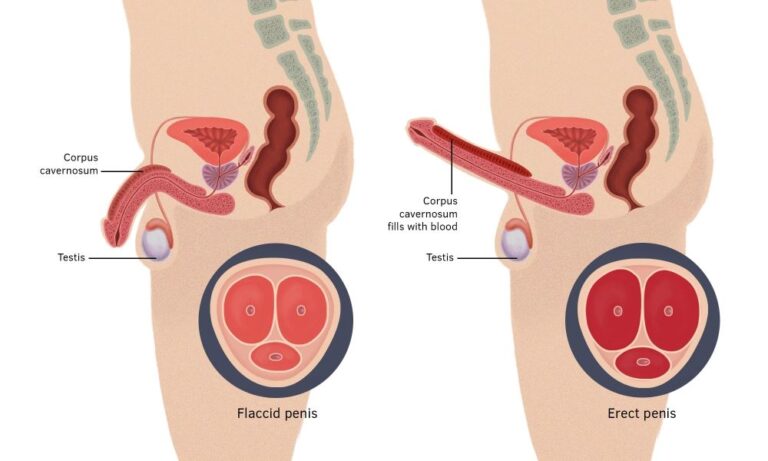
Have you ever noticed that your child cannot seem to concentrate and focus on one activity or another without jumping onto the next one? Does your child experience alternating periods of impulsive hyperactivity or sustained periods of quiet inattention? These may be classic signs of ADHD. Continue to read the article to learn about ADHD in Ann Arbor, its effects, and management strategies.
What does ADHD mean?
Attention-deficit/hyperactivity disorder is a chronic problem associated with many children, and in several cases, it goes on into adulthood. ADHD entails various recurring problems like hyperactivity, inability to maintain attention, and impulsive tendencies.
ADHD in children may lead to other problems like troubled relationships, low self-esteem, and school performance. These symptoms may be managed as you grow older with various strategies. ADHD cannot be cured, although treatment plans enable the management of its symptoms.
Signs and Symptoms of ADHD
The main signs and symptoms are hyperactive-impulsive tendencies and inattention. These symptoms begin showing at ages as early as three and may go on into your adulthood. ADHD happens mainly in boys than girls, with boys being hyperactive and girls being inattentive.
There are three characterizations of ADHD:
- Predominantly hyperactive/impulsive: Main symptoms are impulsive behaviors and hyperactivity
- Predominantly inattentive
- Combined
Inattention by a child makes the child:
- Have difficulty staying focused on play or tasks
- Lack of attention to detail with careless mistakes
- Does not listen when talked to
- Unable to organize activities and tasks
- Has trouble following instructions with them not finishing jobs or schoolwork
- Carelessness with toys, pencils, or assignments
- Evades tasks requiring focusing
- Forgetting to do activities like chores
- Often easily distracted
Impulsive and hyperactive behaviors are like:
- Difficulty remaining seated in class
- Tapping or fidgeting feet or hands
- Always moving around
- Difficulty doing activities quietly
- Impatience
- Talking too much
- Interrupting others
ADHD’s cause is unknown, but genetics, nervous system problems, or environment influence its development. Risk factors that increase the chances of contraction include:
- Being exposed to toxins like lead
- Inheriting it from relatives with the same disorder
- Premature birth
- Alcohol use, smoking, or drug use when pregnant
Children with ADHD may have other conditions like:
- Conduct disorder
- Oppositional defiant disorder
- Learning disabilities
- Disruptive mood dysregulation disorder
- Substance use disorders
- Mood disorders
- Anxiety disorders
- Tourette syndrome
- Autism spectrum disorder
Diagnosis and Treatment
Diagnosis has no specific format but involve:
- Information gathering
- Medical exam
- Interviews
- ADHD rating scales
In children, treatment for this condition aims to relieve symptoms but does not cure them. Some of these plans include:
- Stimulant medications to boost neurotransmitters levels such as methylphenidate and amphetamines
- Other medicines like guanfacine and atomoxetine
- Counseling
- Behavior therapy
Children tend to be naturally more energetic than adults and lack long attention spans; thus, signs of ADHD may be easily missed. If your child has these symptoms that may disrupt schoolwork, visit our website or call our offices in Ann Arbor, MI.







